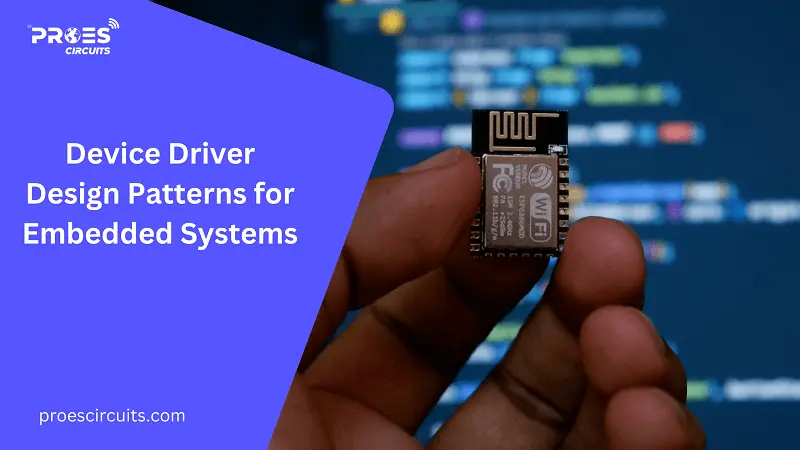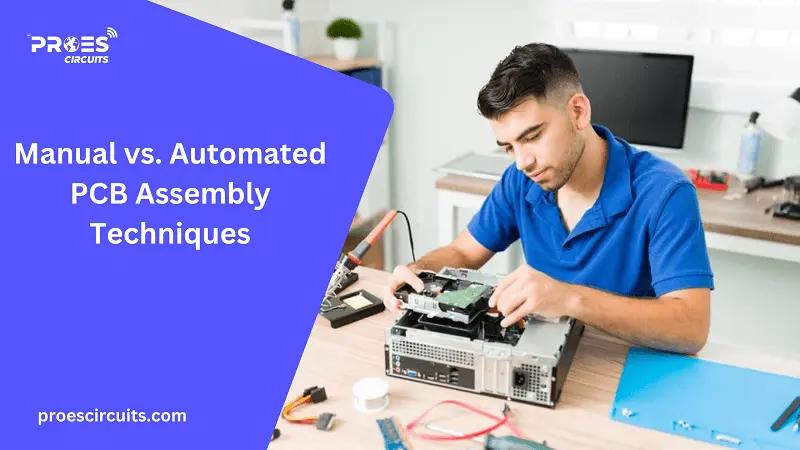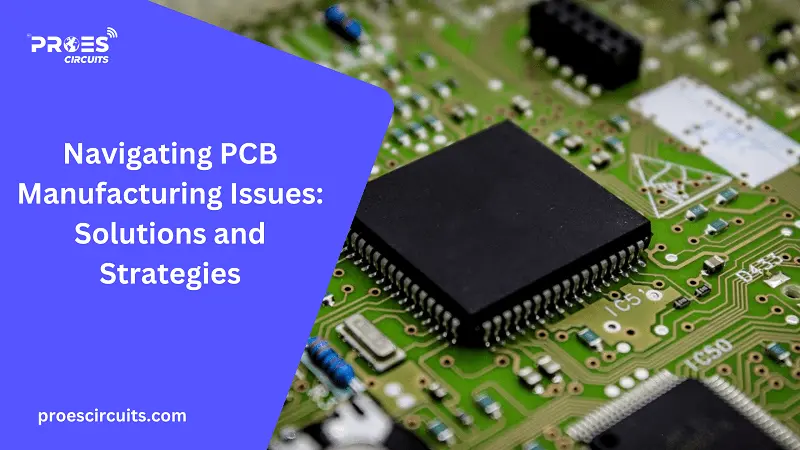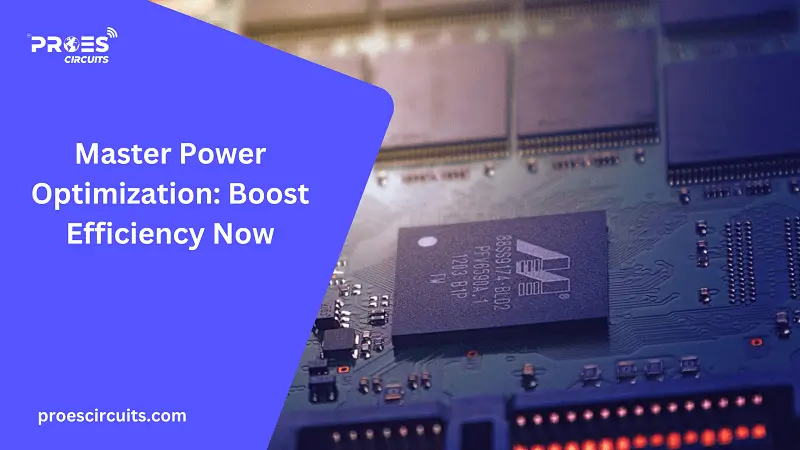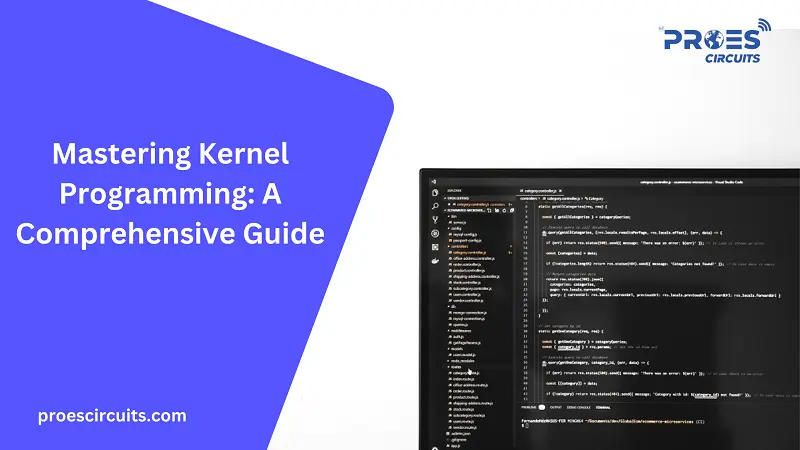Introduction
In the realm of embedded systems, device drivers constitute the critical software layer that facilitates interaction between the operating system (OS) and the hardware. These drivers manage hardware resources and provide an abstraction layer that allows higher-level software to access device functionality without needing to understand the details of the hardware. This not only enhances portability across different hardware platforms but also improves system stability and performance. Given the constrained resources and real-time requirements of embedded systems, designing efficient and reliable device drivers is paramount. This guide explores essential design patterns and best practices in device driver development to achieve such efficiency and reliability.
Basic Concepts
Developing device drivers for embedded systems demands a thorough understanding of several fundamental concepts:
- Abstraction: This involves hiding the complexity of hardware interactions behind a simple interface. It allows software applications to perform operations on the device without knowing the specifics of hardware communication.
- Modularization: By dividing the driver into distinct modules that handle different aspects of the device’s functionality, developers can achieve cleaner design and easier maintenance.
- Encapsulation: Encapsulating hardware-specific details within the driver prevents direct access to the hardware from the rest of the system, ensuring that device operations are performed safely and correctly.
These concepts are foundational to the design patterns discussed next, facilitating the creation of robust, reusable, and scalable device drivers.
Common Design Patterns (450 words)
Polling vs. Interrupt-Driven (150 words)
Two primary methods for device drivers to monitor and respond to hardware events are polling and interrupt-driven approaches.
- Polling involves the driver periodically checking the status of the device to determine if an operation is needed. This method is simple to implement but can lead to inefficiency, as it consumes processor time even when no events are occurring.
- Interrupt-Driven operations allow the hardware to signal the processor via an interrupt when it requires attention, enabling the CPU to perform other tasks until needed. While more complex, this approach is highly efficient and better suited for real-time applications.
Choosing between polling and interrupt-driven methods depends on the application’s real-time requirements and resource constraints.
State Machine (150 words)
A state machine pattern is particularly useful for managing complex device states and interactions. In this pattern, the driver maintains a finite number of states reflecting the device’s current status. Transitions between states occur based on events or inputs, allowing the driver to react appropriately to changes in the device or the environment. Implementing a state machine can simplify the control logic of a driver, making it easier to understand, debug, and extend.
Layered Architecture (150 words)
Adopting a layered architecture for device drivers involves organizing the software into hierarchical layers, each responsible for a specific level of abstraction. The bottom layer directly interfaces with the hardware, while higher layers provide more abstracted interfaces to the rest of the system. This separation of concerns enhances modularity, allowing for independent development and testing of each layer. It also facilitates portability, as changes to hardware or software requirements may only necessitate modifications to specific layers.
Best Practices in Design and Development (150 words)
When designing and developing device drivers for embedded systems, several best practices can ensure their effectiveness and reliability:
- Comprehensive Testing: Employ a rigorous testing strategy that covers unit, integration, and system levels to catch and correct errors early.
- Code Review and Static Analysis: Regularly review code and use static analysis tools to identify potential bugs and inefficiencies.
- Documentation: Maintain detailed documentation of the driver’s design, interface, and functionalities to aid in maintenance and future development.
- Performance Optimization: Continuously profile and optimize the driver to ensure it meets the system’s performance requirements without unnecessary resource consumption.
Conclusion (100 words)
Device drivers are the linchpin of embedded systems, providing the crucial interface between hardware and software. Employing effective design patterns, such as polling versus interrupt-driven, state machines, and layered architectures, can significantly improve the performance, reliability, and maintainability of these drivers. By adhering to the best practices in design and development, embedded systems developers can create robust drivers that meet the demands of their applications, ensuring efficient and reliable operation. This guide serves as a foundational resource for developers looking to enhance their device driver development skills in the embedded systems domain.

